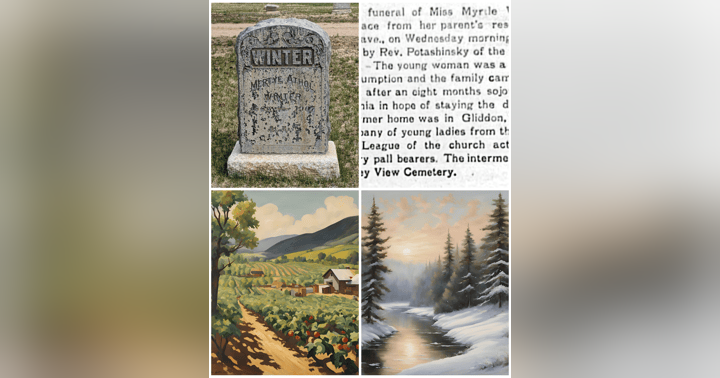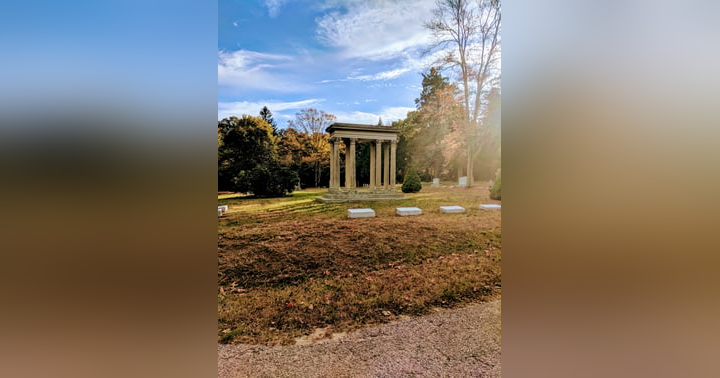Sailor's Lament, Cowboy's Call

Tuesday Tidbit...
There are a plethora of historical careers that were extremely dangerous and could oftentimes be lonely. These jobs inspired poetry and song. Two such jobs included being a sailor and being a cowboy.
One of the most famous cowboy songs of all time is 'Bury Me Not On The Lone Prairie', sometimes also called 'The Dying Cowboy'. Many people are familiar with the first stanza of the song,
"Oh bury me not on the lone prairie
where the coyotes wail and the wind blows free;
When I die don't bury me
Neath the western skies, on the lone prairie."
But did you know this song was adapted from an 1839 poem that was actually written about the death of a young sailor? The poem, called 'The Ocean Buried', was written by Reverend Edwin Hubbell Chapin. The esteemed reverend was a Universalist preacher best known as the pastor of the Church of the Divine Paternity in New York City for more than 30 years. He also had a long association with Tufts College, which was founded as a Universalist college. In fact, he delivered Tufts College's first commencement speech in 1856.
Chapin was 25 years old when he wrote 'The Ocean Buried'. It begins,
"“Oh, bury me not in the deep, deep sea,
These words came low and mournfully
From the pallid lips of a youth who lay
On his cabin couch at the close of day.
He had wasted and pined till o'er his brow
Death's shades had slowly passed, and now,
When the land of his own loved home drew nigh,
They had gathered round to see him die.
“It matters not, I've oft been told,
Where the body lies when the heart is cold,
Yet grant, oh grant this boon to me,
Oh, bury me not in the deep, deep sea!"
The poem was first published in June of 1839 in the paper "Universalist Union". Edgar Allan Poe published it in his paper the "Southern Literary Messenger" in September of that year. In 1850 the poem was set to music by George N. Allen. The melody for that version was not the beloved melody we know today for 'Bury Me Not On The Lone Prairie'.
By the 1880s, the poem seems to have transformed from a sea burial to that of a prairie burial. One of the earliest publications of the cowboy version can be found in an 1887 newspaper, the "Vermont Watchmen." Many versions were published with and without music over the next several years, but by 1910, the melody that would become most popular was published in a music book called "Cowboy Songs and Other Frontier Ballads" by John Lomax. The song has been recorded over the decades by many artists including Vernon Dalhart (1927), The Carter Family (1939), and Johnny Cash (1965) to name a few. The song was adapted for the classic western movie 1939's "Stagecoach" and is heard throughout the film. It was also sung in the final episode of The Munsters (1966) and even by Bugs Bunny. More recently, it has been adapted for use in the video game Red Dead Redemption.
Photos: Carbon Cemetery in Carbon County, Wyoming & Old Burial Hill (overlooking the Atlantic Ocean) in Plymouth, Massachusetts.
#TuesdayTidbit #cowboys #sailor #poetry #songs #CowboySongs #cemetery #cemeteries #cemeterylovers #cemeteriesandgraveyards















